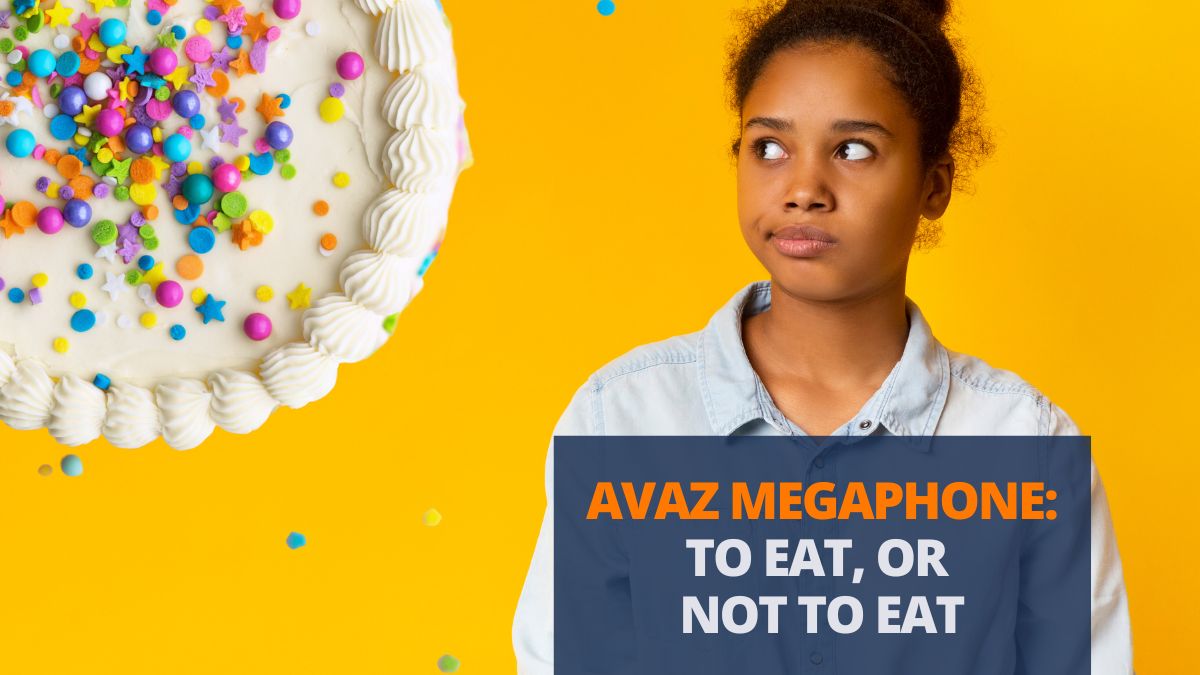

Imagine a world where we didn’t communicate with each other. If that idea seems far fetched, just imagine not communicating with anyone for a whole week. Do you think we will have the same control over our life and surroundings as we had earlier? What impact would it have on our relationships? It doesn’t take much pondering to figure out that communication plays a pivotal role in shaping our lives.
Now, think about people with communication deficits due to conditions such as autism, cerebral palsy, or neurological conditions. Their impairments can limit their experiences and inhibit them from reaching their full potential. Thankfully, AAC (Augmentative and Alternative Communication) does a stellar job of equipping people that have speech and language difficulties with vital communication skills that can substantially improve their quality of life.
Understanding Communication
Communicative functions, also called purposes of communication can be classified into the following
- Regulation
A person uses regulation to take control of their environment. They are also attempting to control the communication partner’s behaviour to have their needs met. This includes seeking attention, wanting an object, getting help etc.
- Social Interaction
In the case of social interaction, communication is for establishing, maintaining, or discontinuing a connection. So, it goes beyond the needs of the communicator. The primary goal of the communication is to have a social exchange with the partner. Examples include greeting and calling by name or gestures, waving, smiling etc.
- Shared Attention
Shared attention is used to draw the attention of the partner to an object or event. The individual wants to express their thoughts and observations about the object or event. Examples include commenting on the physical state of an object such as broken, cold, hot, etc. or reporting information about an object or event.
Conditions that affect communication
Communication disorders can affect articulation, fluency, voice, or language of an individual. Some of the common causes of communication problems are
- Autism, Cerebral Palsy, Down’s Syndrome , PDD-NOS
- Voice problems such as Dysphonia
- Speech problems like stuttering
- Developmental disabilities
- Learning disabilities
- Brain injury
- Stroke
- Hearing impairments
Solutions and strategies
People with complex communication needs use several strategies to make themselves understood. Some of the common solutions used are
- No Tech AAC such as Sign language
- Low tech AAC including pen and paper, dry-erase boards picture boards or mini cards, communication charts
- Mid Tech AAC devices with a limited set of pre-recorded phrases with corresponding buttons
- High Tech AAC including Speech generating devices and AAC apps.
Body language, gestures, and facial expressions can also be used along with language to communicate. A raised eyebrow can indicate wonderment while an eyeroll can express disagreement or exasperation. The choice of communication mode, however, can depend on the extent and nature of disability, the communication partner, and the setting.
For example, sign language is a quick way of communication but may not be an effective solution for people with motor disabilities. Symbol-based low tech AAC is easy to access but the lack of audio output deprives the user of the ability to have a voice. Mid tech AAC is inexpensive but the limited vocabulary can restrict conversations. High tech AAC such as an AAC app with voice output is a powerful communication solution. Moreover, it has robust language options that expand the possibilities of communication and promote literacy. All things considered, multimodal communication which involves a combination of different strategies may be an optimal solution to ensure access to alternative and augmentative communication tools at all times.
Why Comprehension is Key to Communication?
Communication is only productive if your message is conveyed effectively to the communication partner. Sign language can be very helpful but it is not understood by everyone. Gestures and body language too may be understood by caregivers and parents, but can be misinterpreted by those not familiar with the communicator.
This is exactly why AAC is recommended to people with communication deficits even if they are minimally verbal. Augmentative tools such as an AAC device can supplement a person’s natural speech and improve their comprehension. Comprehension is important because it broadens the scope of societal participation. It also helps in having earnest social interactions which can be the foundation for building meaningful relationships and a rewarding life.
Do you agree that communication is key to leading fulfilling lives? Please share your ideas on communicative functions in the comment section below.



